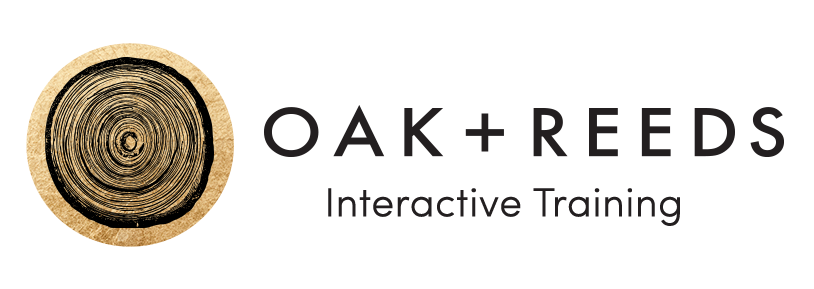Skill: Exploring “Status Transfer”
Exercise: “Status Cards”
Time: 10 minutes
Supplies: One deck of playing cards
Number of People: 2-50
Instructions
Ask everyone to find a partner. Introduce the exercise by saying:
This exercise is called “Status Cards.” I’m handing out a card to each person. Don’t look at it. What you’ll do is hold it up on your forehead facing out. Everybody you interact with in this exercise will see your card except you.
Now we’re going to do a role-play. Let’s pretend we’re all ourselves and we’re all mingling together after a recent all-hands meeting. Your job is to have casual conversation, but talk to people at the status level of their cards. That is, if they’re “high”, like queens, kings or aces, treat them as such. If they’re low, do the same. Talk over them, interrupt and otherwise show them that their status is very low. Don’t worry if you feel like you’re being rude - that’s part of what we’re exploring here!
As you get going, I want you to take the clues you’re receiving from others and start to take on the status you believe is represented by your card.
Facilitation
Before starting the role-play, have a quick brainstorm session to generate a list of all the ways people perform status. Make a list on a whiteboard of “high status” and “low status” behaviors. Inform the group that this is a list they can draw from during the role-play.
Give the group their cards and then set them off into the role play. Set a timer for five minutes.
Encourage people to play up their status. High-status people should be dismissive, speak loudly, interrupt others and otherwise do all sorts of things that demonstrate their power. Same in reverse for the low-status people: speak softly, slouch, cower when being talked to. All the things that show they’re low status! Have fun and don’t be afraid to push people to heighten their interactions.
After 5-7 minutes, ask the group to line up from high to low status. Don’t let them look at their cards yet! They should be able to do this just by the way others were treating them.
Now have them look at their cards - how accurate were they informing their line?
Debrief questions
How did it feel when others treated you based on your status?
What did you pay attention to? What were the strongest clues as to what your card was showing?
How did it feel to talk to high-status people? Low-status people? When were you most comfortable?
What did you do to show people their status?
Takeaways
Status isn’t something we “are,” it’s something we “do.” The way we interact with each other is what creates status. Sometimes the highest status people aren’t the VPs or Directors. Sometimes it’s the lower level people in an organization who people have the most confidence in and trust.
Being high status all the time isn’t necessarily everyone’s goal. Sometimes it’s helpful to lower your status relative to your team in order to increase trust and buy-in to a project. The smaller the gap between a leader and his or her team, the greater the perceived safety and trust between those managers and their employees.
After you try this out, let me know how it goes! I’d love to hear how you and your team understand the role of status in your unique organization.

